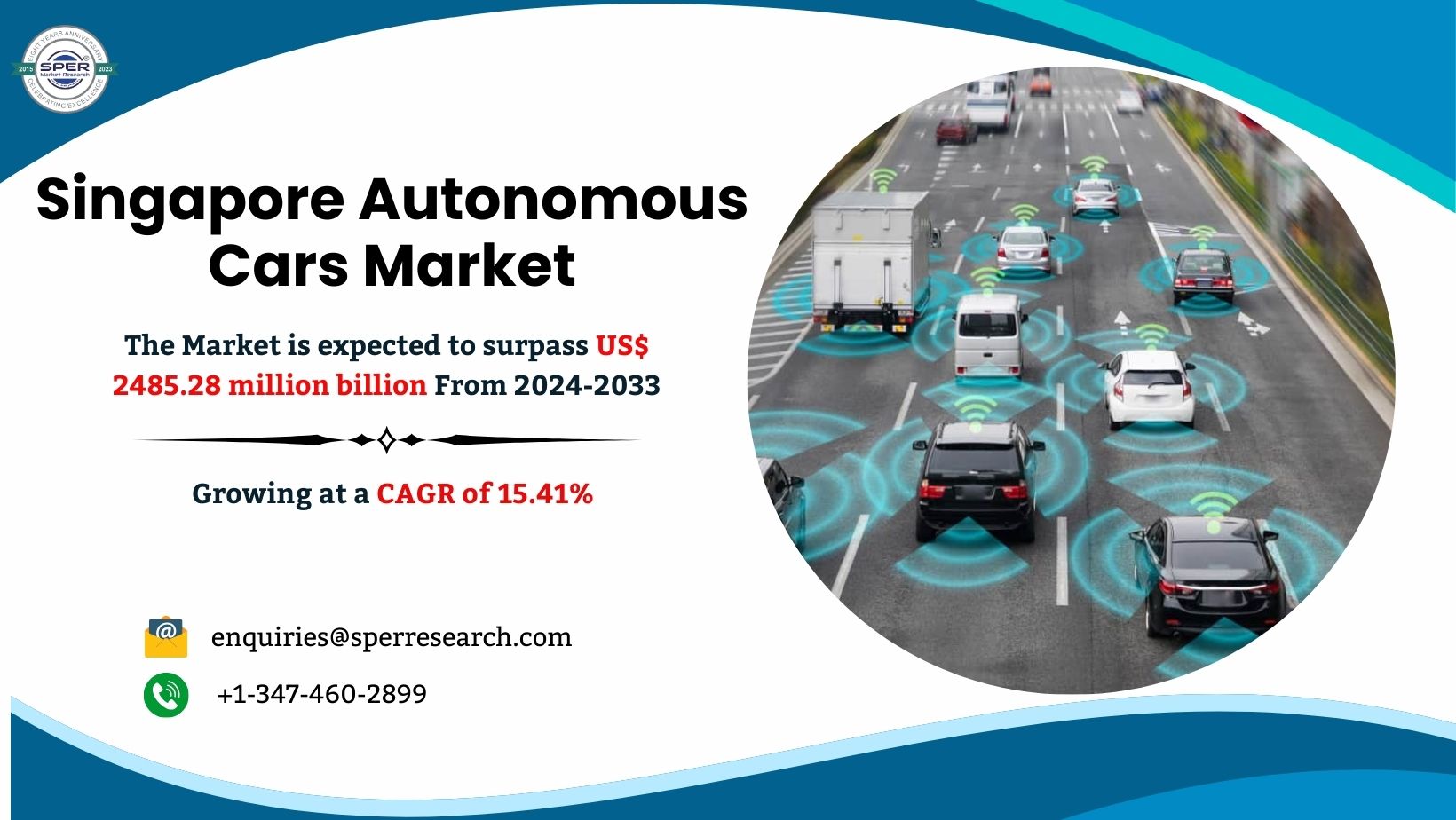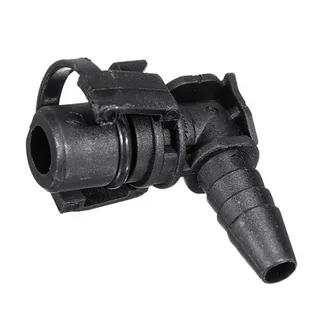Introduction
The Internet of Things (IoT) has revolutionized industries, connecting billions of devices and enabling seamless communication between them. At the core of this interconnected ecosystem lies Application Programming Interfaces (APIs). APIs act as the bridges that facilitate communication between IoT devices, cloud services, mobile apps, and other systems. However, testing APIs in IoT applications presents unique challenges that demand innovative solutions. This article explores these challenges and the strategies to address them effectively.
Definition
The application program interface (API) makes it easier for software programs to coordinate and communicate with one another. It is a collection of tools and protocols used to create software and apps. It makes it easier for the company to keep an eye on the interface’s development and make sure the application meets its requirements. Applications ranging from banking and financial services to insurance, retail and e-commerce, IT and telecommunication, media and entertainment, healthcare, manufacturing, and government all employ API testing.
Understanding IoT API Testing
API testing in IoT applications involves verifying the functionality, reliability, performance, and security of the APIs that connect IoT devices and systems. Unlike traditional APIs, IoT APIs often deal with vast amounts of real-time data, device heterogeneity, and intermittent connectivity, making testing more complex.
Why is IoT API Testing Critical?
- Interoperability: IoT ecosystems consist of diverse devices and platforms. Testing ensures smooth communication between these heterogeneous components.
- Data Integrity: APIs must handle real-time data transmission accurately to prevent data loss or corruption.
- Security: IoT devices are vulnerable to cyberattacks. Testing ensures APIs are resilient against potential threats.
- Scalability: IoT systems often need to support thousands or millions of devices, requiring APIs to perform under high loads.
Unique Challenges in IoT API Testing
1. Device Diversity:
IoT devices come in various forms—sensors, actuators, wearables, and industrial machinery. These devices often have different hardware configurations, protocols, and communication methods. Ensuring API compatibility across this diverse range of devices is a significant challenge.
2. Real-Time Data Processing:
IoT APIs often handle time-sensitive data, such as temperature readings or motion detection alerts. Delays or errors in processing this data can lead to serious consequences, especially in applications like healthcare or autonomous vehicles.
3. Network Constraints:
IoT devices often operate over unstable or low-bandwidth networks. Testing APIs under such conditions is challenging but necessary to ensure robust performance.
4. Security Vulnerabilities:
IoT APIs are prime targets for cyberattacks, including man-in-the-middle attacks, DDoS attacks, and data breaches. Ensuring comprehensive security testing is crucial to safeguarding sensitive data and preventing unauthorized access.
5. Scalability:
IoT applications must handle a massive influx of data and requests as the number of connected devices grows. Testing APIs for scalability under realistic conditions is a demanding task.
6. Energy Constraints:
Energy efficiency is a crucial factor because many IoT devices run on batteries. Testing must ensure that APIs do not consume excessive power during communication.
Solutions to Overcome IoT API Testing Challenges
Emulate IoT Environments:
Simulating real-world IoT environments is essential for effective API testing. Use IoT device emulators to mimic diverse device types, communication protocols, and network conditions. This approach helps identify compatibility issues without requiring access to physical devices.
Automate Testing:
Automation tools can significantly enhance the efficiency of IoT API testing. Automated scripts can simulate large-scale device interactions, test various scenarios, and verify API responses. Tools like Postman, JMeter, and IoT-specific testing frameworks can simplify the process.
Conduct Real-Time Testing:
To address the challenge of real-time data processing, implement testing frameworks that simulate time-sensitive scenarios. Measure API latency, response times, and data accuracy to ensure reliable performance.
Implement Security Testing:
Use penetration testing, vulnerability scans, and encryption tests to identify and address security flaws. Ensure APIs follow security best practices, such as HTTPS, OAuth, and token-based authentication, to mitigate risks.
Load Testing for Scalability:
Conduct load testing to evaluate API performance under varying levels of traffic. Use tools like Apache JMeter or LoadRunner to simulate thousands of devices and measure how APIs handle the load.
Energy Efficiency Testing:
Design test cases to evaluate the energy consumption of APIs during data transmission. Ensure that APIs follow lightweight protocols like MQTT or CoAP to optimize power usage.
Best Practices for IoT API Testing
1. Use Comprehensive Test Cases:
Cover all possible scenarios, including edge cases, during testing. Ensure test cases include device onboarding, data transmission, error handling, and security validations.
2. Adopt Protocol-Specific Testing:
IoT devices use various communication protocols, such as MQTT, CoAP, HTTP, and WebSocket. Customize test cases for each protocol to ensure thorough validation.
3. Monitor and Analyze Logs:
Enable logging during testing to capture API requests, responses, and errors. Make use of analytics tools to find trends, bottlenecks, and areas that need work.
4. Test in Realistic Conditions:
Replicate real-world conditions, such as intermittent connectivity, network congestion, and low power. This approach ensures APIs are robust under actual operating environments.
5. Continuous Integration and Testing:
Integrate API testing into the CI/CD pipeline to ensure seamless updates and deployments. Continuous testing enables early detection of issues and reduces time to market.
Emerging Trends in IoT API Testing
1. AI and Machine Learning
AI-powered testing tools can analyze patterns, predict potential issues, and generate test cases automatically. These tools enhance the accuracy and efficiency of API testing.
2. Blockchain Integration
Blockchain is being used to secure IoT APIs by providing tamper-proof data exchange and enhancing trust between devices.
3. Edge Computing
With the rise of edge computing, API testing now includes validating interactions between edge devices and cloud services, ensuring minimal latency and high efficiency.
4. API Virtualization
API virtualization allows testers to create virtual versions of APIs, enabling testing even when some components are unavailable. This approach accelerates the development and testing process.
Application Programming Interface (API) Testing Market Growth Rate
According to Data Bridge Market Research, the application programming interface (API) testing market is anticipated to grow at a compound annual growth rate (CAGR) of 20.40% from 2022 to 2030, reaching USD 4,733.73 million, or USD 1,071.99 million.
Read More: https://www.databridgemarketresearch.com/reports/global-api-testing-market
Conclusion
A crucial component of making sure IoT apps are successful is API testing. The unique challenges posed by device diversity, real-time data processing, network constraints, and security vulnerabilities demand tailored solutions. By leveraging emulation, automation, security practices, and scalability testing, developers can deliver robust and reliable APIs for IoT ecosystems. As IoT technology evolves, so will the complexities of API testing. Adopting emerging trends such as AI, blockchain, and edge computing will further enhance testing methodologies. By staying ahead of these trends and adhering to best practices, organizations can unlock the full potential of IoT, creating secure, efficient, and scalable applications that redefine how we interact with the world around us.




